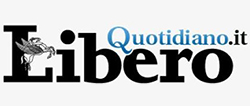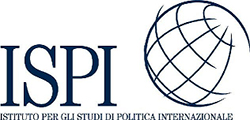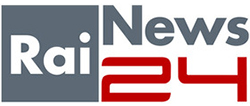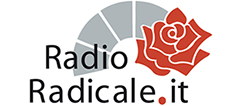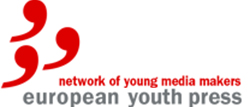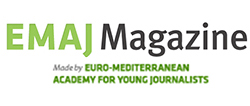Israelis support Palestinians from Sheikh Jarrah
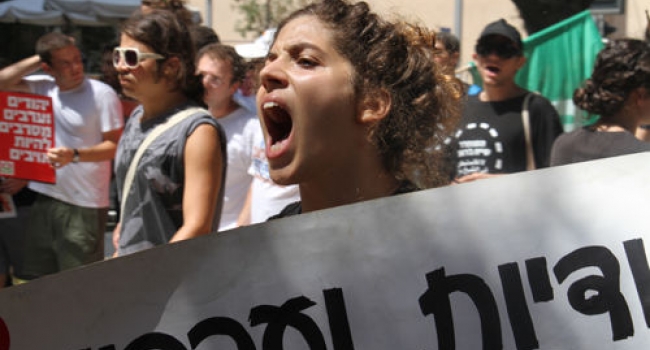
Over a thousand people took to the streets of Tel Aviv last Friday Aug. 6 to protest against the evictions of Arab families from a predominantly Arab neighbourhood in East Jerusalem known as Sheikh Jarrah.
Organised by Israelis representing the Sheikh Jarrah Solidarity Movement and representatives from Israeli leftist political parties and Palestinians residing in East Jerusalem, the march took place in big cities all over the country as well as in Tel Aviv, Haifa, Be'er Sheva and West Jerusalem. Students from universities all over joined the rally.
The protest coincides with the first anniversary of the eviction of four Palestinian families from Sheikh Jarrah. According to Roi, a 30-year-old Israeli activist participating at the march, “It is an act of solidarity on a day of solidarity for those families who have been expelled and for those families who are still living there with the fear of being expelled."
Sheikh Jarrah is a residential area just north of the walled Old City, close to the 1967 border that separated East and West Jerusalem. The neighbourhood was established in the Middle Ages on the slopes of Mount Scopus and named after the tomb of Sheikh Jarrah, Saladin's personal doctor.
During the brutal fighting of 1948 in and around Jerusalem, Jews and Arabs fled or were expelled. In 1956 the Jordanian government, together with the UN agency for refugees in the Middle East (UNRWA) offered a plot of around 70 acres in the centre of the neighbourhood to 28 Palestinian families who had lost their homes.
As a condition for the settlement, the families had to reject their refugee status. But if at that time the West Bank and East Jerusalem were part of the Kingdom of Jordan, it meant that when Israel conquered and annexed East Jerusalem in 1967, the new legal situation allowed Jews, who had lost their homes in East Jerusalem (in 1948) to reclaim their title.
In 1972 Jewish organizations presented 19th-century Ottoman documents to claim the ownership of the land and since then, the litigation over the houses became more complicated. The Israeli Supreme Court partially recognizes the Jewish claims “but some of them are fake and made only to increase the Jewish presence in the neighbourhood as much as possible”, said Javier, a young Israeli-Uruguayan activist.
However, in 2008, a Palestinian family was evicted from it's home. And last year (August 2009) following an Israeli Supreme Court decision, two more Palestinian families consisting of 53 persons were forced out from their homes. Jewish settlers moved into the houses almost immediately.
Today about 3000 Palestinian are living in the neighbourhood, the rest are Jewish. “The daily life in the neighbourhood is extremely tense and people are suspicious of each other and constantly call the police to claim for whatever”, continued Javier.
The Israeli annexation of East Jerusalem has never been recognized by the International Community and has been rejected by UN resolutions. Moreover, in 1950 the Israeli parliament (Knesset) approved the “Absentees’ Property Law” to prevent Palestinian refugees from claiming entry in their old houses in West Jerusalem or other parts of Israel. But by claiming Jewish property in Sheikh Jarrah, the settlers are also asserting the right of 1948 refugees to return in their ex houses.
“This is the core question in Sheikh Jarrah – says Roi. If the Palestinian families are evicted from the neighbourhood, it will be clear that Israel is using two weights and two measures [between the Palestinian right to return set by the UN and the Jewish right to return in the houses lost in 1948] creating facts on the ground to erase the Arab character of the area and change the face of East Jerusalem”.
Sheikh Jarrah has become a paradox, a problematic part of the Israeli-Palestinian conflict. However, for now the only concrete result is that it has given life to the Israeli Peace Movement again. Since the collapse of the Oslo process and the outbreak of the Second Intifada in 2000, the Israeli left has crumbled.
As it is not proper Israel nor as inaccessible or frightening as the West Bank, Sheikh Jarrah has attracted many moderate activists, simple Israeli students and citizens that meet every Friday in East Jerusalem. For this reason the Israeli radical left seems have been reborn.
At the end of the march, a small group of young Israeli citizens dressed in the Israeli flag held a sit-in on the most prestigious boulevard in Tel Aviv, Sderot Rothschild. Under the strong sun of the Middle East, they ate ice-creams whilst showing theirs slogans to drivers stuck in traffic jams.
“This is our protest against their protest," said one of the protesters indicating the end of the Sheikh Jarrah Solidarity Movement’s march. "They are with the Palestinians, we are with and for the Israelis. They would give Jerusalem and also these houses here in Tel Aviv to the Arabs, we think that Israel should be Jewish. Those leftists people are traitors of Israel," he said.
Before leaving he said his name of battle - David Ben Yishai, like David who fought against Goliath - and took his poster and started repeating loudly his slogan: “We can’t open another branch of Hamas in Jerusalem. It is enough what we have in Gaza”.
Article published on Digital Journal - August 10th 2010.






